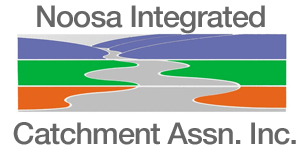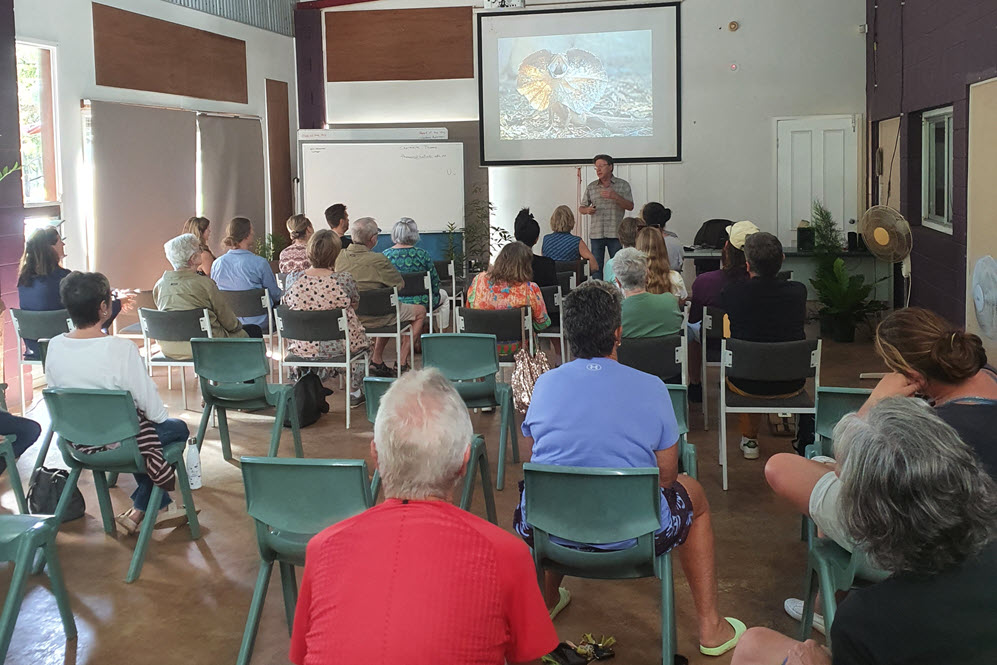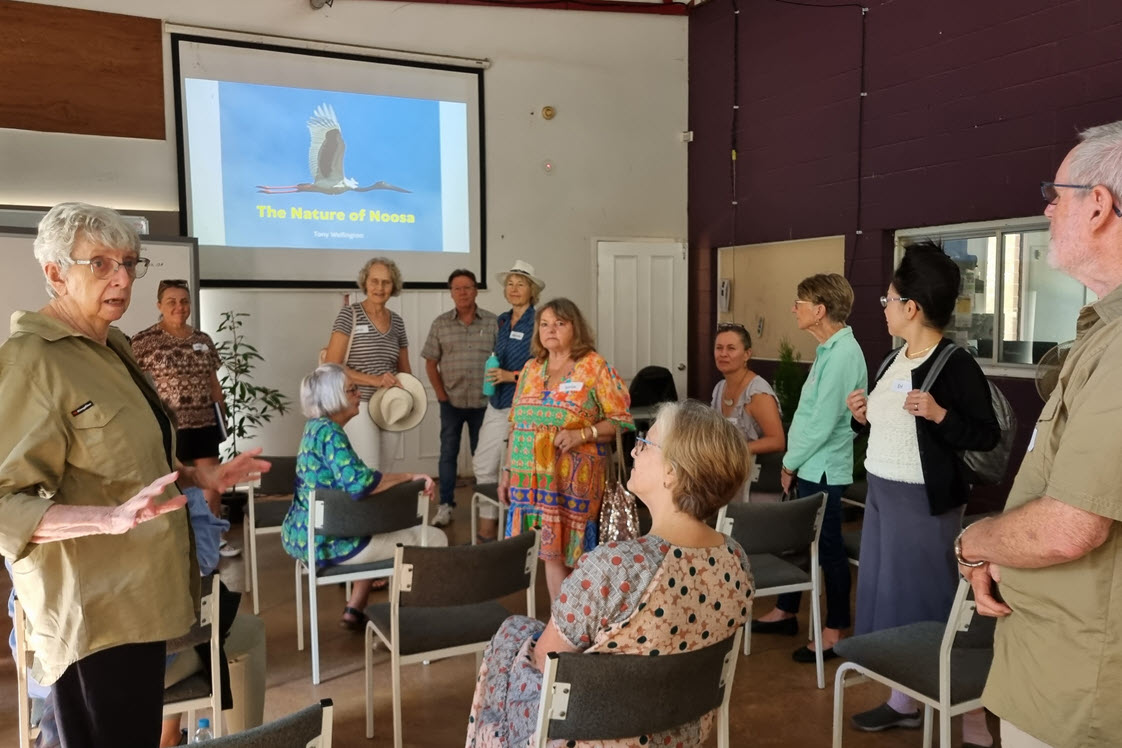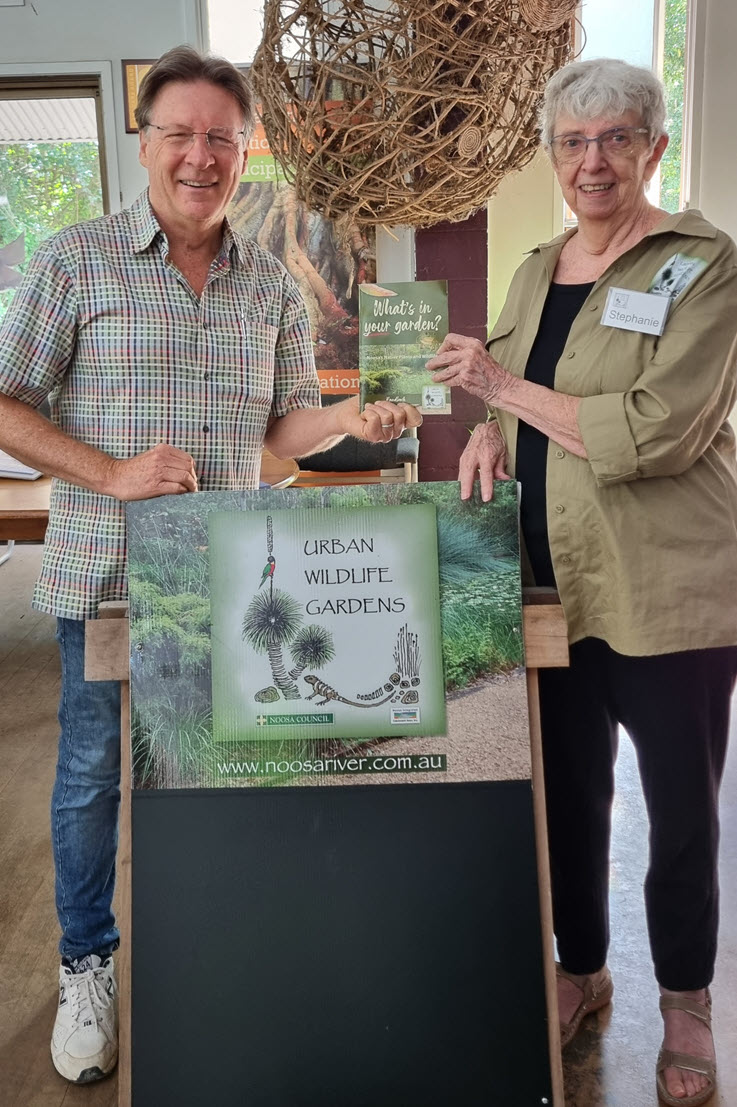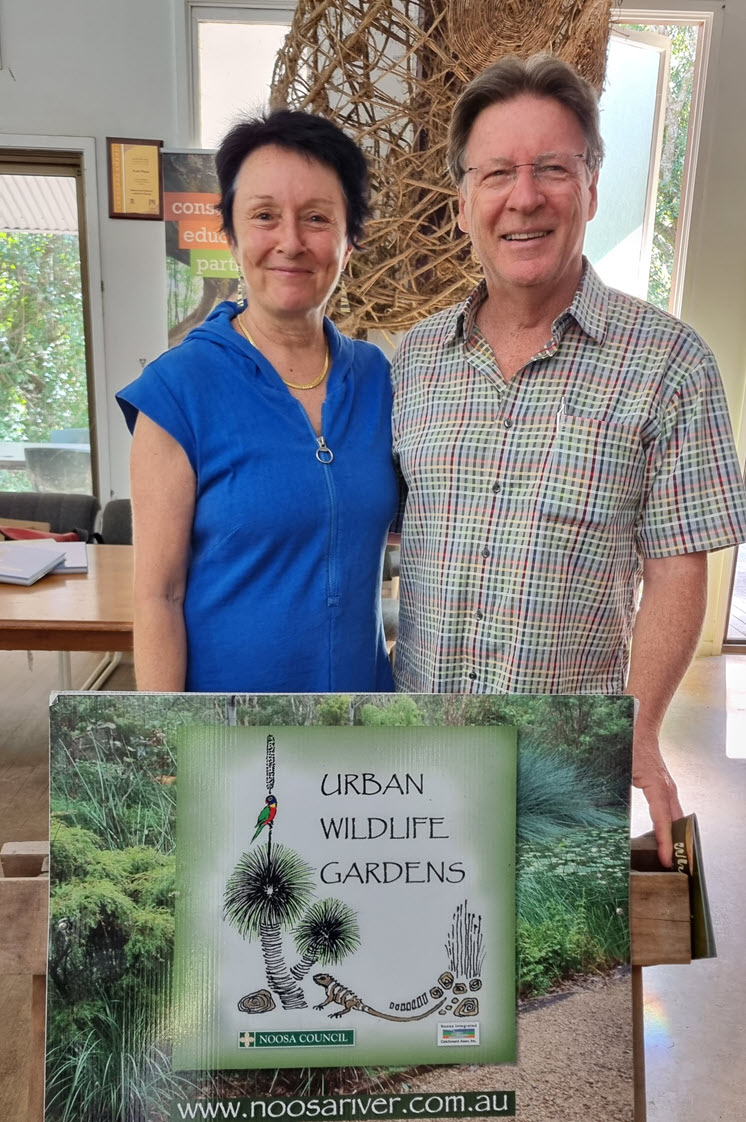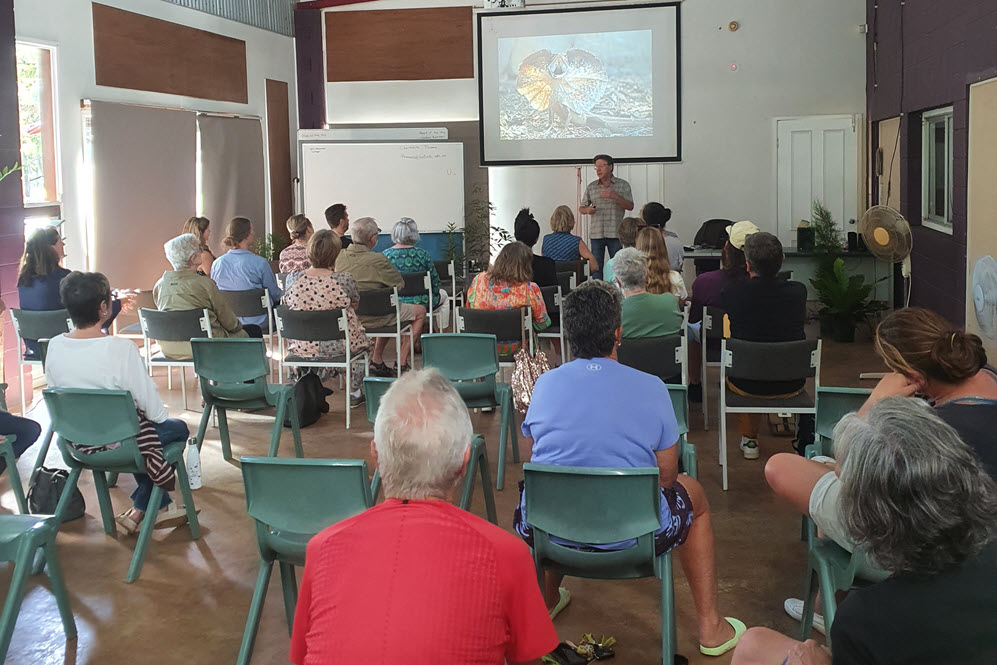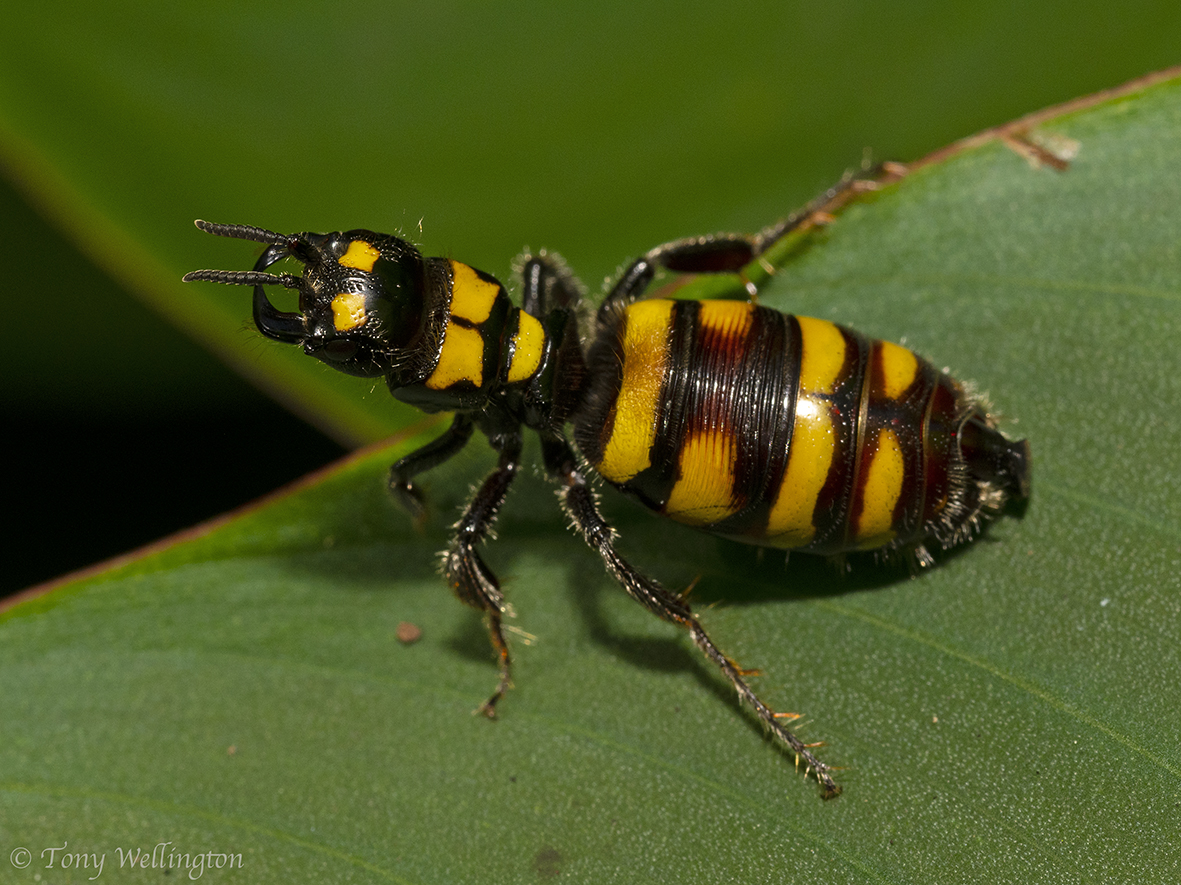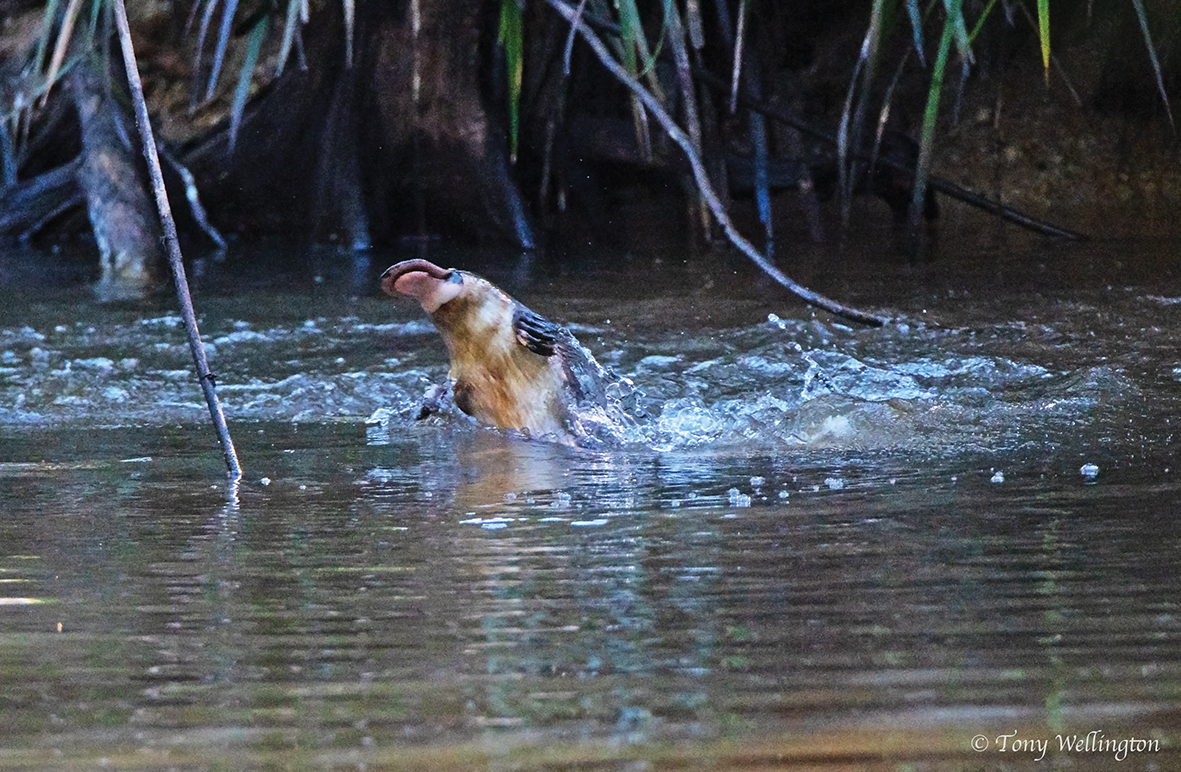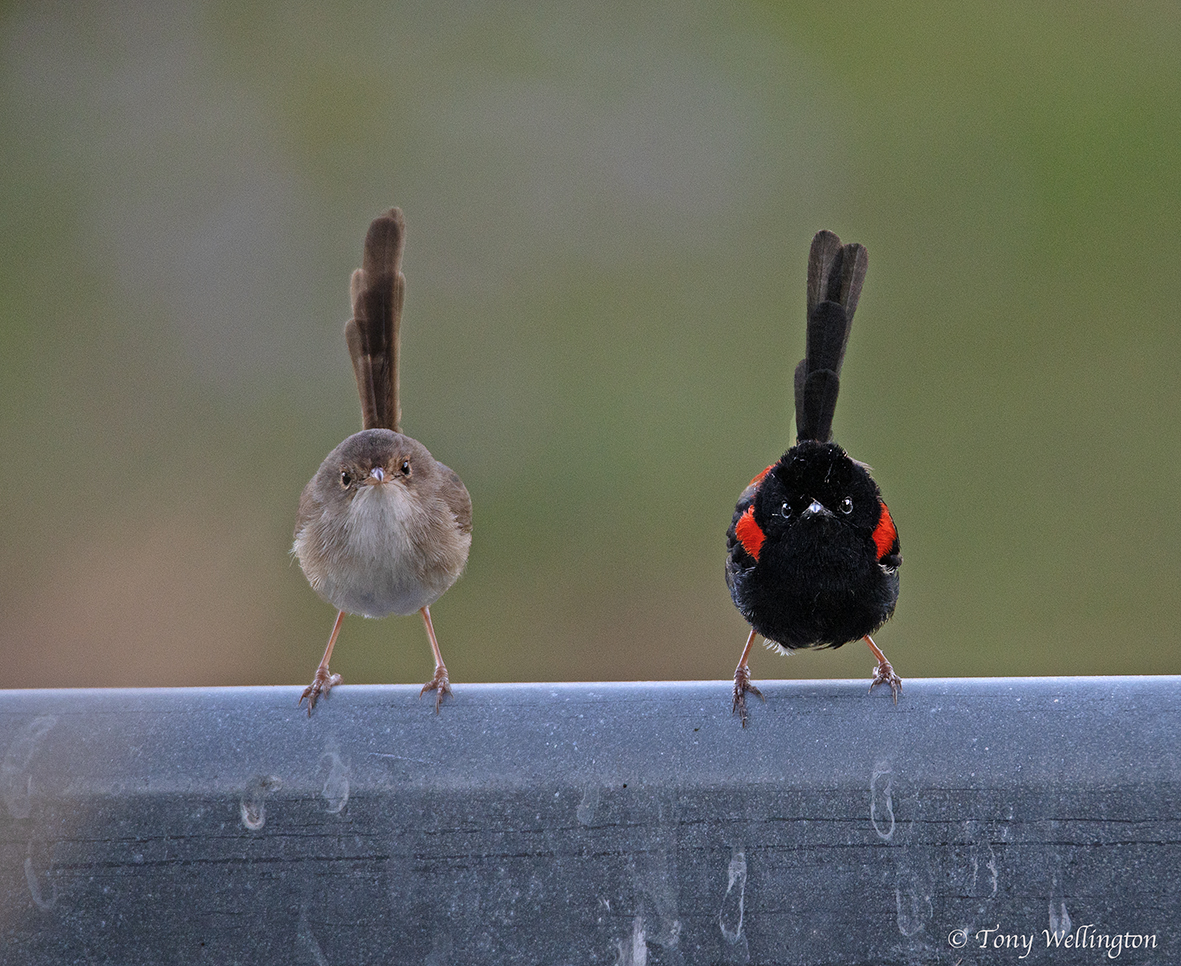Tony began his presentation by acknowledging the Traditional Owners and original custodians of the land, the Kabi Kabi people. Since European settlement, areas of natural beauty like Noosa have been under increasing pressure from population increase and development. Tony spoke about the many people who, over the years, have been instrumental in ensuring the protection of the Noosa/ Cooloola region’s biodiversity. He described the legacy of Arthur Harrold who was an early advocate for the conservation of the natural environment and formed the Noosa Parks Association in 1962. This organisation was instrumental in the establishment of Cooloola National Park and the enlargement of Noosa National Park.
We learned how since then, NPA has lobbied various State Governments to protect Noosa from rampant development such as a proposed ‘dress circle’ coastal road around the Noosa headland, connecting Sunshine Beach estate with Laguna Bay. The organisation also campaigned for the cessation of logging and sand mining on K’gari. The island contains the planet’s largest vegetated dune system and half of the world’s perched lakes and is now a world heritage listed National Park. Current members of NPA have continued advocating for our local environment, helping to secure protection for many areas of State Forest and Forest Reserves such as Tewantin, West Cooroy and Yurol/Ringtail which are now either National Parks or Conservation Parks.
Tony’s love of the Noosa area and the local wildlife was obvious during his presentation. He makes frequent visits to the huge areas of protected environment around Noosa for bushwalking and kayaking and the slideshow of his photographs highlighted the amazing biodiversity of our region.
There were many tips for enthusiastic wildlife photographers, apart from the luck of being in the right place at the right time. He suggested that the easiest way to get photos of native species is to go to places where the wildlife is already used to people. These areas include botanic gardens and parks such as the Gympie duck ponds and Mary Cairncross Park in Maleny. Even then, you sometimes have to stand still for long enough until your intended wildlife subject ignores you. Tony related a time where he stood in the same spot for nearly an hour in order to get the photo he wanted.
Hides are another great location to observe wildlife and this includes improvised hides such as your car. You may be able to safely stop your car close to wildlife near the edge of the road and take photographs from the window. Apparently some wildlife is more used to cars than people!
Tony also makes use of his pedal canoe on the Noosa River as it allows him to quietly approach a bird or aquatic animal without it being startled by splashing oars. The low vegetation along much of Noosa’s coastal area also provides a good opportunity to photograph birds that feed on insects as they are often perching near eye level looking for their next meal.
The photos shown of local wildlife ranged from the beautiful and cute to the weird and curious. Some of the interesting behaviour captured included sunbathing birds and damselflies that have a species specific, precision lock on ability. The male uses ‘claspers’ at the tip of his abdomen to lock on to a ‘plate’ behind the female’s head allowing them to fly or perch in tandem. Another photo showed a black necked stork which was demonstrating how to eat a catfish despite the poisonous spines.
Tony uses a 600mm telephoto lens for shots of animals and birds at a distance and a macro lens for close ups of little critters such as insects and spiders. We all enjoyed listening to bizarre facts about certain species, such as the net casting spider which can grow two of its eyes at night to see prey and then reabsorb them each day. Many of his photos were taken in his own garden including photos of a spider that curls up to look like a bird dropping, a green fruit piercing moth that looked like a dead leaf and a knobbly crab spider that was camouflaged on eucalypt bark.
Concluding the presentation Tony stressed the importance of disturbing wildlife as little as possible, especially nesting birds. He also explained why feeding birds can do more harm than good and lead to serious consequences including unbalanced populations. Birds can become dependent on handouts, and inappropriate food can be toxic or cause disease, malnutrition and damage such as deformed bones and fractures. We learned that feeding seed to lorikeets breaks their tongue filaments which are needed to feed on their natural diet of nectar.
Tony’s photos in his own garden demonstrated that a great alternative to feeding wildlife is creating a wildlife-friendly garden. This can be achieved by planting a variety of local native vegetation including flowering shrubs, grasses, vines and groundcovers. These will provide the local wildlife with natural food sources such as nectar, seeds, nuts and fruit. You will then be able to watch and photograph native birds, animals and insects that visit your garden without causing them harm.
See Tony’s photos of a leaping platypus, a native flower wasp and male and female red-backed fairy wrens below.
At the end of the workshop Stephanie presented Tony with honorary membership of UWG in acknowledgement of his continued support for our program.
Vanessa Presling
